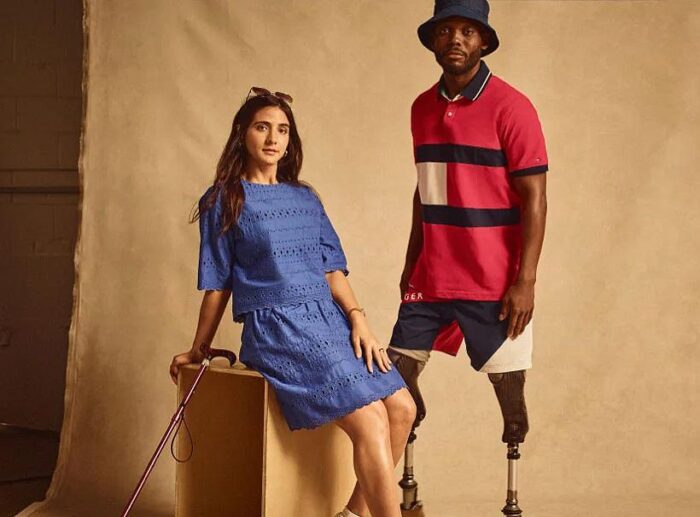SUBMITTED BY NIELSEN
For CSRWire
Originally published on the Geena Davis Institute on Gender in Media
It’s the classic fashion catalog pose. Two fetching models, a man and a woman who look like they’re about to go yachting, peer into the camera with a look that borders on smoldering.
They are selling clothing, yes. But also a vision of a more representative media landscape.
Look again. To the left of the woman, almost imperceptibly, there’s a cane leaning against her seat. The man, meanwhile, is wearing relaxed-fit shorts that give way to two prosthetic legs.
This is the main photo on the home page for the Tommy Hilfiger Adaptive Collection. It’s part of an innovative campaign that offers an “inclusive style for all,” which in this case highlights fashion for those with disabilities.
The campaign is a smashing success, and it’s hardly an outlier. There’s an unmet hunger for disability-inclusive content, and social media innovators are stepping in to fill the gaps left behind by Hollywood.
In a recent analysis of branded Instagram posts between May 2021 and May 2023, Nielsen InfluenceScope assessed the performance of 24 creators with disabilities to determine their effectiveness and return on investment (ROI) when compared against posts from creators without disabilities.
In aggregate, posts from creators with disabilities scored 21.4 percent better in average media value than posts from creators without disabilities and drove 20.5 percent more interactions.
You can read Nielsen’s complete analysis online.
To further understand why posts from creators with disabilities resonated so strongly with audiences, Spotlight put the questions to Stacie de Armas, who serves as Nielsen’s Senior Vice President, Diverse Consumer Insights & Initiatives, DE&I Practice.
At Nielsen, de Armas leads the research and development of inclusive thought leadership and business initiatives supporting diverse suppliers, content creators, and brands.



